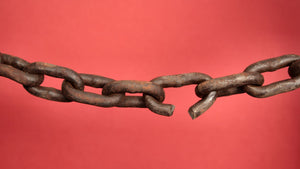3DS
Tariffs Exposed the Weakness. 3D Scanning Is How You Take Control.
3D scanning isn’t a workaround. It’s a reset button. And when you pair that with reverse engineering, you can rebuild your entire product line without waiting on someone else to hand you the files.
Lee mas
Why 3D Scan Data is Typically STL Instead of STEP
When working with 3D scanning, one of the first things you'll encounter is that the output is almost always an STL file rather than a STEP file. This distinction might seem trivial at first, but it’s rooted in the fundamental differences between these two file formats and the nature of 3D scanning technology.
Lee mas




